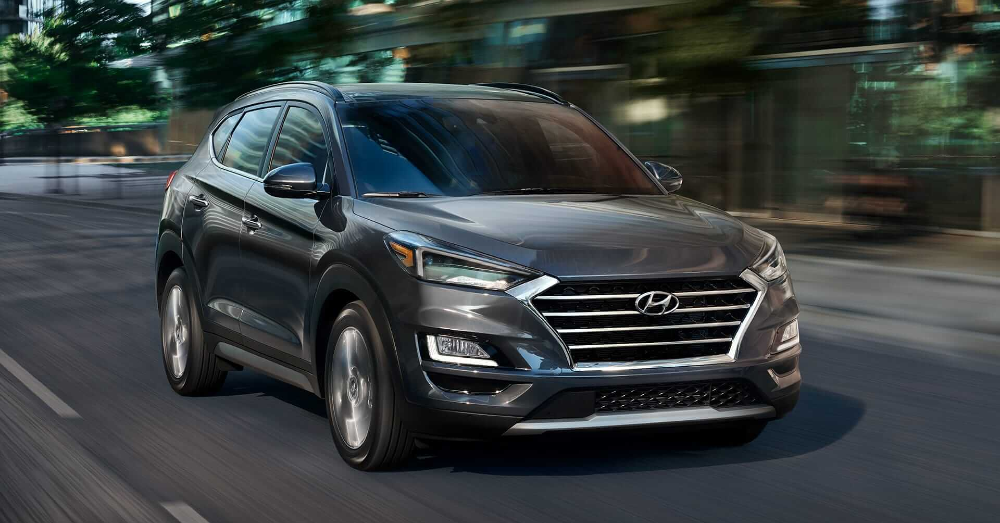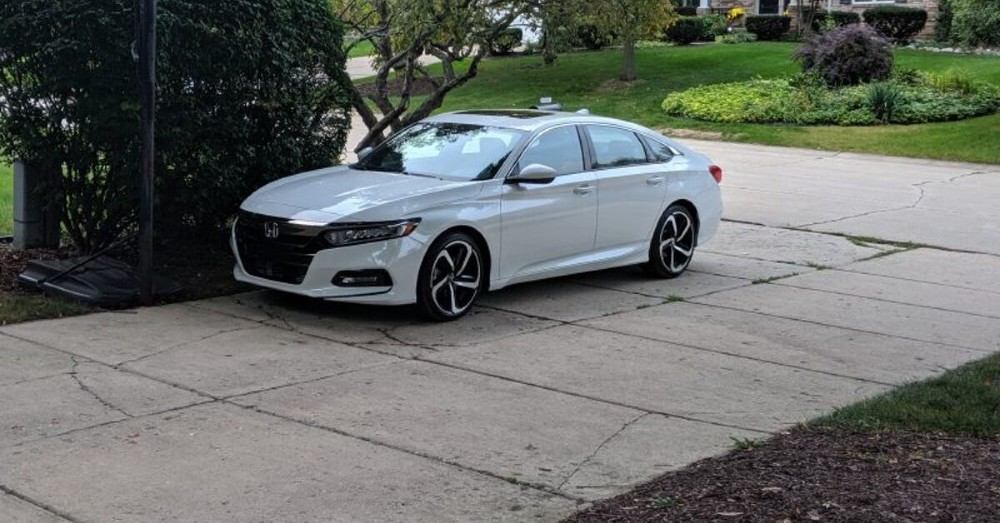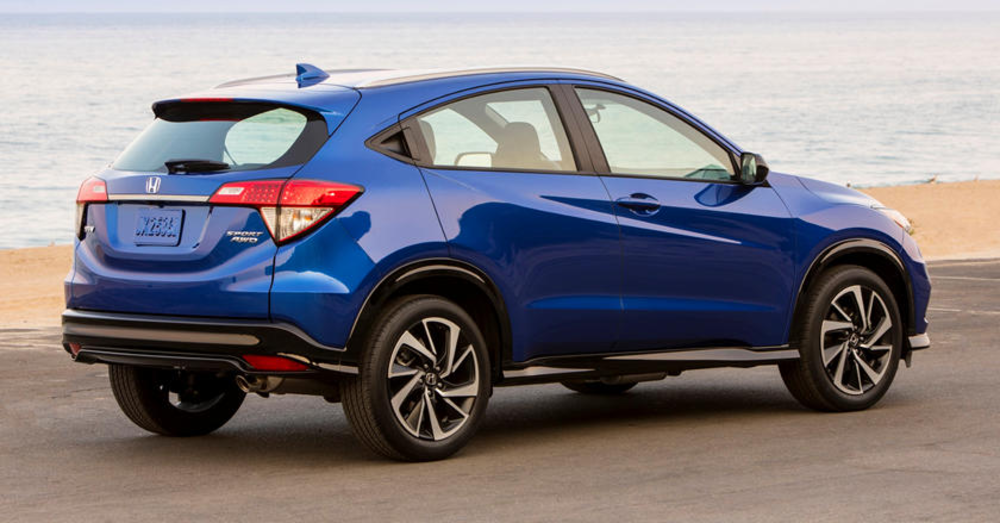Two of the most popular crossovers in the market are a pair of Honda SUVs. These two are the HR-V, and the CR-V and one of them can be right.
These two crossovers look similar and have pricing that is competitive with each other. The decision you’ll need to make might come down to the size and packaging offered in the vehicle you want to drive and enjoy. Will you choose the compact crossover, or will the subcompact model become the vehicle that’s right for you? Let’s compare the two and see.
Getting the Looks Out of the Way
The style you find in the Honda CR-V gives you a youthful and sporty feeling that can make it easy for you to smile during your drive. Just because this is the most popular SUV for growing families doesn’t mean it has to be boring when you take it for a drive. You’ll see a front that’s sharper than before and a front-end that looks busier with the redesigned bumper.
Looking at the HR-V, you’ll see a shape that’s more upright because of the smaller size. The overall style elements are the same as you find for the larger model. The front is youthful, and the rear features pointed taillights. Both of these Honda SUVs have similar sporty good looks, but if you’re going to make a choice between them, you’ll likely lean toward the CR-V, which has more mature styling.
Style might not be the differentiating factor in your decision between these two Hondas.
Roominess Matters in Your SUV
These two vehicles don’t occupy the same class in the automotive market, which means the roominess of one is going to be different from the other. As expected, the CR-V brings you a larger cabin with more room for passengers and cargo. You’ll have 39.2 cubic feet of cargo room with the rear seats up. This area expands to 75.8 cubic feet when the seats are folded down.
Looking to the HR-V for your drive, you’ll find a cabin that’s much cozier and tighter for your passengers. The area behind the rear seat measures 24.3 cubic feet, and it can expand to a maximum of 58.8 cubic feet when you fold the seats down. One advantage of the HR-V is the Magic Seat which folds the base of the rear seat up to hold taller items.
The advantage is clear when it comes to roominess, but the HR-V does give you tons of space in the subcompact crossover category.
Where Does the Power Come From?
You’ll see a huge difference in these two Honda SUVs when we look at the powertrains offered. The CR-V makes use of a 1.5-liter turbocharged four-cylinder engine which gives you 190 horsepower and 179 lb.-ft. of torque. This engine is attached to a CVT to give you 28 city/34 hwy mpg in FWD models and 27 city/33 hwy mpg when you have AWD added to the mix.
The HR-V also only comes with one powertrain for your drive. This powertrain gives you a 1.8-liter four-cylinder engine mated to a CVT. You’ll enjoy 141 horsepower and 127 lb.-ft. of torque. Fuel mileage for this powertrain reaches 28 city/34 hwy mpg in FWD models and 27 city/31 hwy mpg for versions that have AWD.
When you want more power during your ride, the CR-V is the SUV for you. Strangely enough, the larger SUV does give you a slightly better overall fuel mileage rating as well.
How Does the Drive Feel?
Honda has always been capable of delivering an excellent driving experience for you when you head out on the road. This means these two models are both able to give you an athletic feeling, especially when you consider these are mainstream, affordable SUVs. The CR-V offers a great drive with a smooth feeling that has been improved with the upgraded suspension that’s been added to this vehicle. The steering is slightly heavy, which gives it a good feeling when you get out on the road and take this SUV for a drive.
Looking to the Honda HR-V, you’ll enjoy a vehicle that’s capable and confident when you’re behind the wheel. This little SUV is nimble and moves through the turns and curves with ease. The steering is much lighter than what you find in its larger sibling, which isn’t a feeling that you want but doesn’t cause this SUV to be hard to drive.
Technology Included in the Honda SUVs
You might expect both of these vehicles to offer you the same package of tech items, but that’s not necessarily the case. The Honda CR-V comes with Honda Sensing, a seven-inch infotainment display, Apple CarPlay, Android Auto, and Bluetooth connectivity. Move up through the trims to find additional items for the Honda Sensing package and more items for the infotainment and connectivity functions of this SUV.
Looking at the Honda HR-V, you’ll have basically the same items as you find in the larger model. The base model starts with Honda Sensing, a five-inch display for the infotainment system, along with Apple CarPlay, and Android Auto. You can upgrade to a seven-inch touchscreen in this smaller SUV. The main difference in technology is that the CR-V can be had with blind-spot monitoring while the HR-V can be upgraded with LaneWach, which is a small camera in the side mirror of the vehicle.
Which Honda Should You Buy?
Looking at the various items that we compared, it will be an easy choice when you’re selecting between these two Honda SUVs. The CR-V brings you more tech, more power, more roominess, and a more mature appearance. Even with that said, the HR-V is an excellent choice when you’re looking for a subcompact crossover SUV that can bring you an excellent drive.
Certainly, both of these models have the option of AWD, which is something you won’t find for every vehicle in the class with them. Visit your local Honda dealer and decide which one of these SUVs is going to go home with you today.
This post may contain affiliate links. Meaning a commission is given should you decide to make a purchase through these links, at no cost to you. All products shown are researched and tested to give an accurate review for you.




